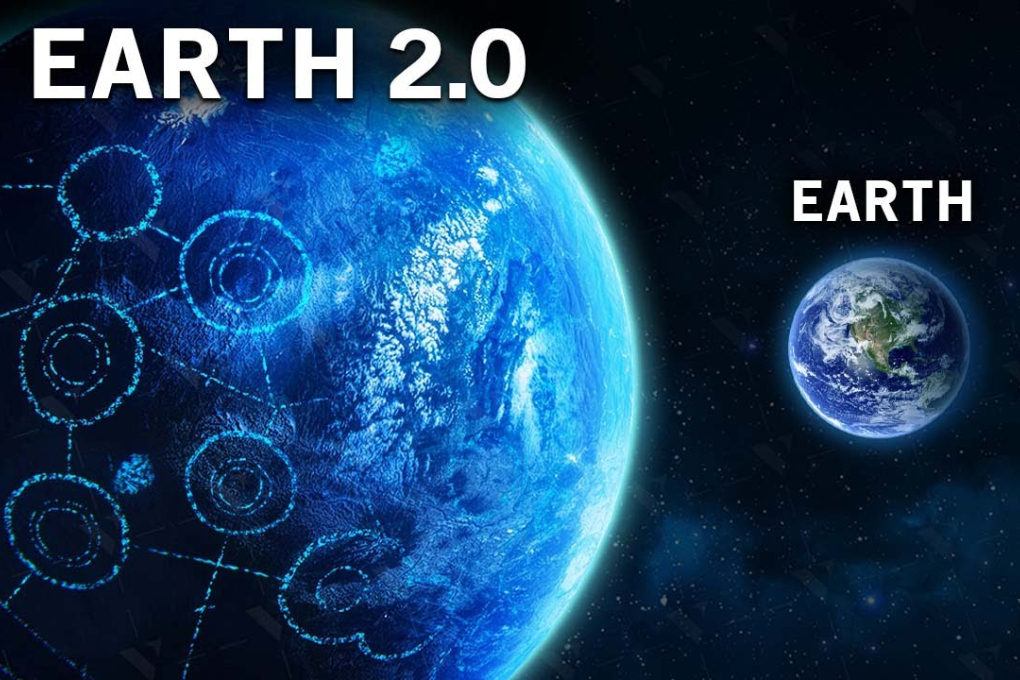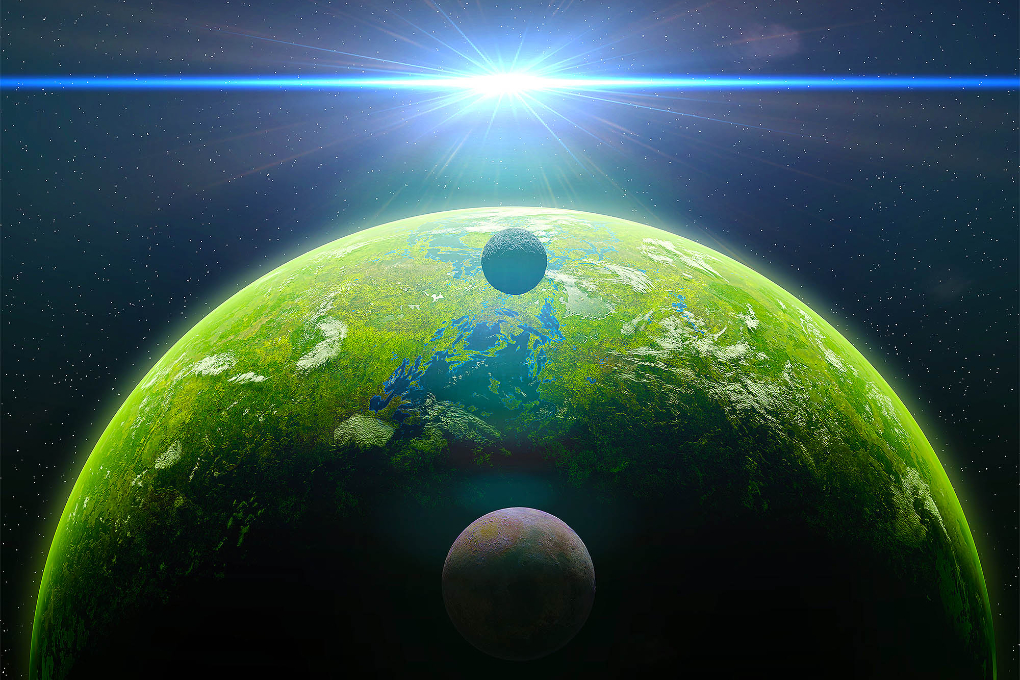As we look to the future of our planet, scientific projections reveal a complex and often alarming picture shaped by climate change, ecological shifts, and astronomical events. Understanding these predictions is crucial for preparing for the challenges that lie ahead.
Climate Change Projections
Current scientific consensus indicates that human activities, particularly the burning of fossil fuels, are driving unprecedented increases in greenhouse gas concentrations. These emissions are expected to lead to significant changes in global temperatures, precipitation patterns, and sea levels over the coming decades. According to projections, global average temperatures could rise by at least 2.7°F (1.5°C) by 2100 under most scenarios, with some estimates suggesting increases as high as 8.6°F (4.8°C) if aggressive mitigation measures are not implemented.

The consequences of this warming are profound. Increased temperatures will likely result in more extreme weather events, including heatwaves, storms, and droughts, which threaten ecosystems and human health alike. Additionally, rising sea levels—projected to increase by 1 to 4 feet by the end of the century—pose a significant risk to coastal communities worldwide. Melting ice sheets in Greenland and Antarctica are major contributors to this rise, as they continue to lose mass at an accelerating rate.
Ecosystem Impacts
The impact of climate change extends beyond temperature and sea level rises; it also threatens biodiversity. As habitats shift and degrade due to changing climates, many species face extinction. For instance, projections indicate that as carbon dioxide levels drop due to warming, approximately 99% of current plant species relying on C3 photosynthesis may become extinct over the next billion years. This loss of plant life would drastically alter food webs and ecosystem functions.

Moreover, shifts in precipitation patterns will create regions of both drought and flooding, further stressing agricultural systems and water resources. The future of food security is uncertain as climate change disrupts traditional farming practices and reduces crop yields in vulnerable regions.
Long-Term Geological Changes
Looking far into the future—millions of years ahead—scientists predict significant geological changes as well. The movement of tectonic plates may eventually lead to the formation of a new supercontinent, altering ocean currents and climate patterns once again. Such changes could trigger new extinction events similar to those experienced in Earth’s history.
In about 1 billion years, increasing solar luminosity is expected to create a “moist greenhouse” effect on Earth, leading to the evaporation of oceans and potentially rendering the planet inhospitable for complex life forms. This scenario underscores the long-term consequences of both human activity and natural planetary evolution.

The future of our planet is intricately linked to our actions today. While science provides us with valuable insights into potential outcomes—from immediate climate impacts to distant geological transformations—the path we choose can significantly alter these trajectories. Addressing climate change through sustainable practices and reducing greenhouse gas emissions will be critical in shaping a livable future for generations to come.
By understanding what science tells us about our planet’s future, we can better prepare for the challenges ahead and work towards solutions that protect both our environment and ourselves.
